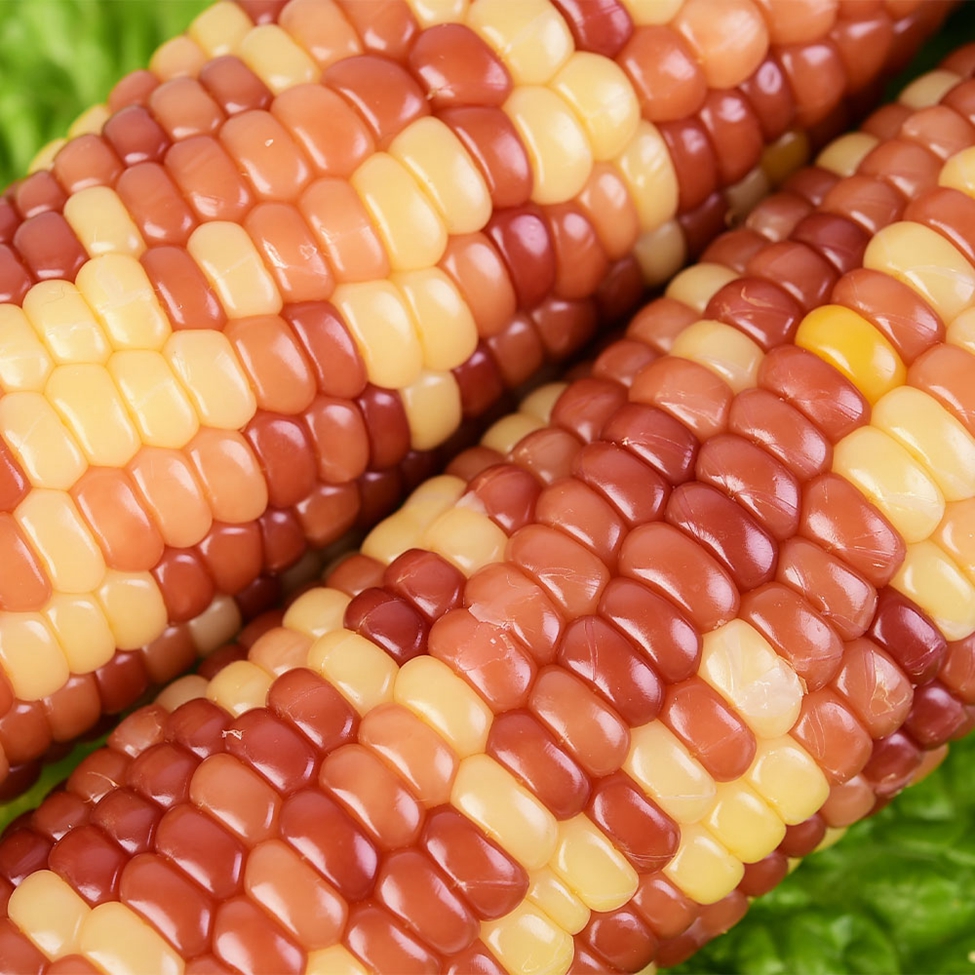Release date: 2015-03-19
Australian scientists have invented a new gene sequencing technology that is much more accurate than existing methods. It is like a microscope with multiples that can be used to fine-tune the genome and help diagnose blood cancer (leukemia) quickly.
The technology, called Capture and Sequencing, was developed by researchers at the University of New South Wales and the Canadian Institute of Medicine and published in the new issue of the British Journal of Nature and Methodology.
The University of New South Wales recently announced that the technology can accurately measure the activity of multiple specific genes in a sample, even if the activity is very low. This sensitivity makes it very promising for biomedical research.
In addition to about 20,000 genes responsible for protein production, the human genome also has a large number of "non-coding genes" that do not make proteins. They play an important regulatory role in many aspects such as human development and brain function. However, many of these genes are very active and often only function in a few cells, making it difficult to study them in detail.
The “snap-sequencing†technology can analyze genomes with higher precision, similar to taking photos with higher-pixel digital cameras, which can better represent the details that are difficult to detect in current sequencing technologies and help to understand non-coding genes.
The technology can also be used for rapid detection of diseases such as blood cancer. The "fusion gene" composed of different genes is thought to be involved in some cancers, and there are about 200 fusion genes known to be associated with blood cancer. The current inspection technology can only detect fusion genes one by one, and "capture sequencing" can simultaneously find all 200 genes mentioned above, greatly speeding up the diagnosis and gaining time for treating patients.
Source: China Science and Technology Network - Technology Daily
Single Packed Mottled Waxy Corn
Waxy corn comes in a variety of colours. Some people wonder if waxy corn is a genetically modified product. In fact, it is not. Waxy corn originated in China. It is caused by a genetic mutation. Artificial selection gradually led to the emergence of a type of tannin.
Waxy corn, also known as waxy corn, is sticky corn. The grain has coarse, waxy endosperm, similar to shiny, glassy (clear) grains such as hard and dented corn. Its chemical and physical characteristics are controlled by a recessive gene (wx), which is located on chromosome 9. 100% of the starch in the endosperm is straight-chain starch.
Coloured glutinous corn is generally white, yellow, red, purple and black, with white, yellow and purple corn being the basic colours. Purple and white hybrids naturally become purple if the purple gene "beats" the white gene and vice versa, so if the two tie we see white and purple corn. Purple can turn into red and black corn, or as we often say, "red is purple and black is purple". Of these colourful corn, the most common yellow waxy corn is the most nutritious as it is rich in carotenoids...
Currently, the only genetically modified foods sold on the Chinese market are soybean oil and papaya. Waxy maize is a hybrid variety and is not associated with genetic modification. Therefore, it can be concluded that glutinous maize is a hybrid variety and has nothing to do with genetic modification.
Genetic modification is a type of "genetic engineering" in modern science and technology, which makes use of modern molecular biology techniques. Hybridisation is the mating of individuals of different genotypes to produce offspring that are different from the original "pure" breed. In a sense, it belongs to the natural exchange of genes that can occur in nature.



Colorful Waxy Corn,Colorful Mottled Waxy Corn,Single Packed Mottled Waxy Corn,Single Packed Colorful Waxy Corn
Jilin Province Argricultural Sister-in-law Food Co., Ltd. , https://www.nongsaocorns.com